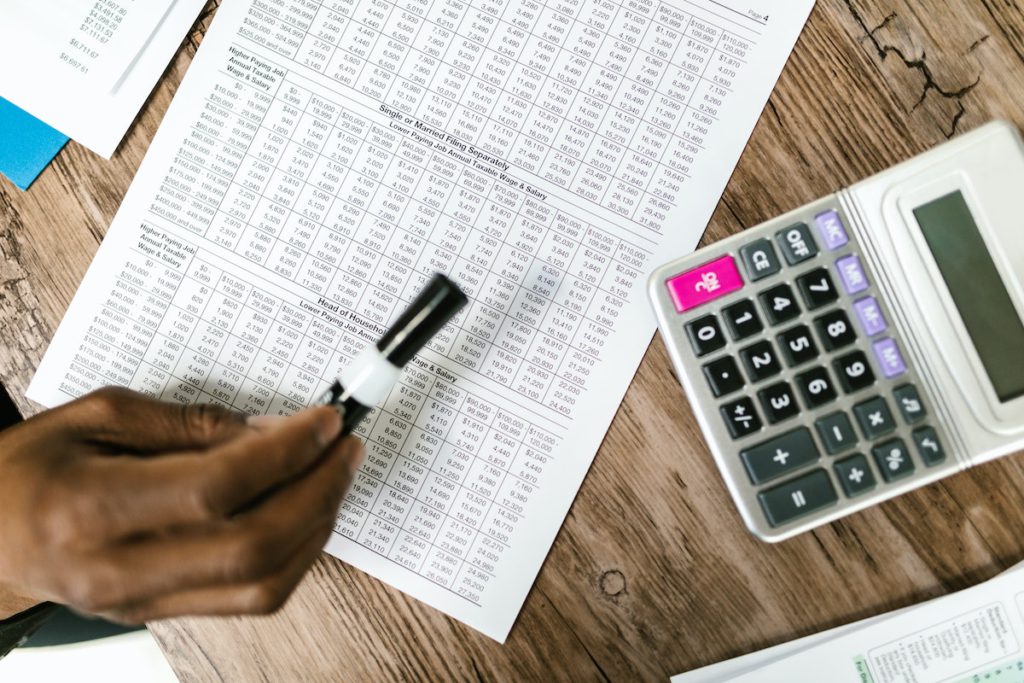Active debt recovery work in Australia by using a debt collector or an individual agency to work on behalf of customers and recover owed amounts. The debt collector is responsible for making sure customers pay their debts, as well as repaying outstanding dues to the customers. Businesses may hire debt collectors for a fee or commission. It is the responsibility of the businessperson to ensure that the debtor pays off their dues and that they are sure that the customers can repay their debts on your behalf.
When requiring an active debt recovery action, it is important to involve debt collection and engage a debt collector to ensure that the payment is recovered. The process of recovering payment can be long and drawn out if the debtor has taken a long time to pay their debts. To achieve the ultimate aim of recovering the debts, there will be many different steps and approaches that must be taken to commence the recovery process.

This includes contacting the debtor via phone, email, letters, and even personal contact (if appropriate). The debt collection process will be conducted fairly and the actions taken by debt collectors must remain within the limits set out in the relevant laws. Any collection practices must be conducted within these boundaries to maintain a positive relationship between the collector and the debtor. If all other approaches fail, then it might be necessary to refer the matter to an external process such as legal action.
The Australian debt recovery industry is an ever-growing and flourishing sector, largely due to the increasing number of collection agencies. It is important to ensure that you select a collection agency that is acquainted with the best methods of collecting delinquent debts. A professional ATO debt collector will have experience in credit control, increasing your odds of collecting your overdue payments quickly and efficiently. In terms of active debt recovery, the first step is to contact delinquent customers and coerce them into paying their debts.
Agencies use innovative fixed-fee debt collection to keep costs within budget. Their first approach is to try and negotiate a payment plan with the debtor. If this fails, then they can proceed with legal litigation. This may involve placing the debt with a litigation lawyer or ADC Legal. Usually, they operate on a win-fee basis and only charge fees when debts are successfully recovered, meaning our clients don’t pay until they have achieved payment. Experienced professionals understand that every situation is unique and tailor their approach accordingly to maximize success rates.
In Australia, active debt recovery works by having the collection agent contact the customer regarding their outstanding debts and bill relevant fees. If the customer has not paid their outstanding balance by the due date, a last reminder is sent to the customer with the total debt amount including applied applicable commission rates and fees. The collection agent will then wait for payment of the total debt amount within an agreed invoicing period.
It is important to understand the key takeaways of active debt recovery in Australia, as it can be an effective way to get back money that is owed to you. Debt collectors are hired to collect overdue credit card dues and other payments from customers who have failed to make payments on time. Automated debt recovery schemes such as letters, phone calls, visits, and emails can be used to notify customers of their outstanding debts. The debt collector may also reassess debts for customers to make payment plans that are suitable for their financial situation.
Customers may be offered sale repayment plans, future repayment schedules, and other forms of credit conversion so that they can pay off their debts without any further financial burden. If the customer refuses to pay the amount owing after being contacted several times by the debt collector, the lender may resort to taking legal action against them. This could involve court proceedings or seizing assets such as cars or property until the debt has been paid off. The lender may also incur a recovery fee if a customer fails to pay off their debt within an agreed period. If a customer fails to make repayments on bad debts, these bad debts will need to be written off which would mean that any money owed would not be returned into the company’s accounts receivable portfolio.
